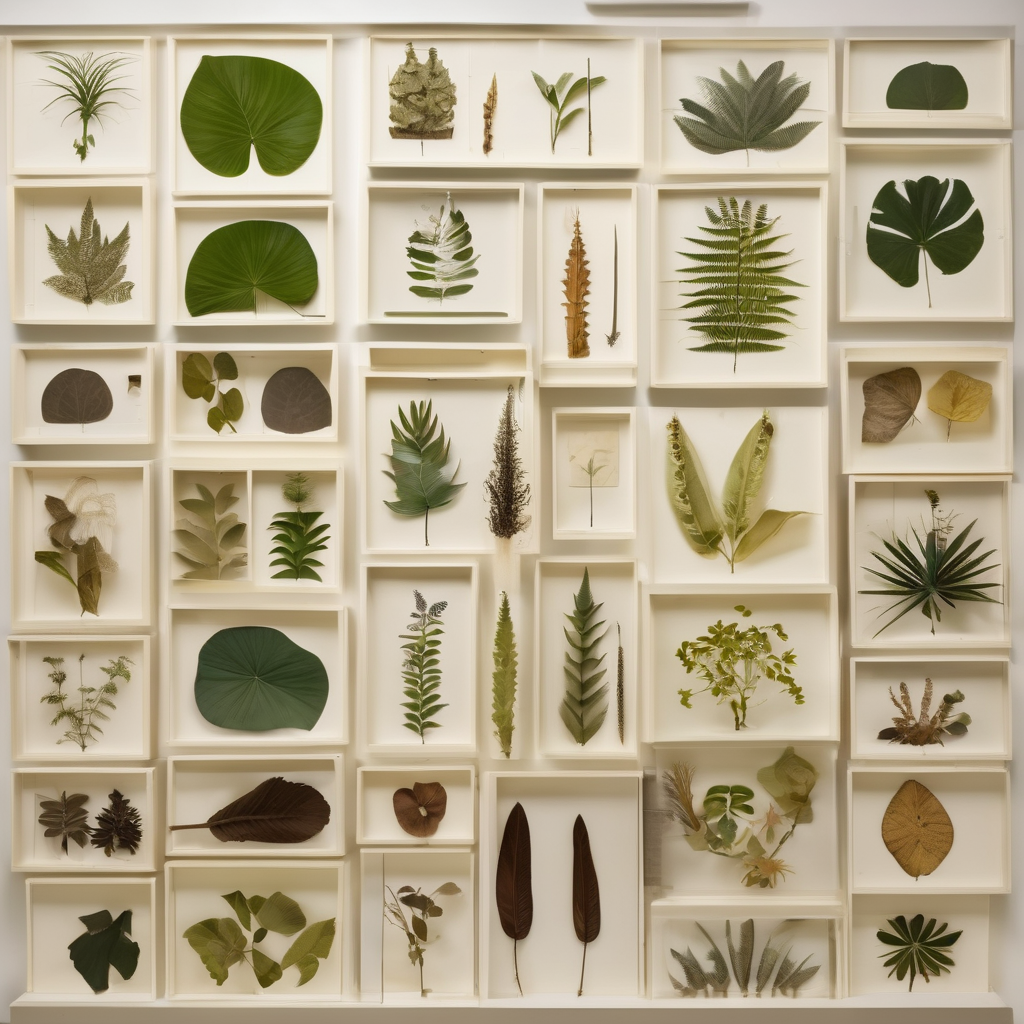The South Pacific Regional Herbarium at The University of the South Pacific (USP) in Suva has emerged as a cornerstone for biodiversity and cultural preservation throughout the Pacific Islands. Established in 1933 by botanist B.E.V. Parham, initially as the Fiji Herbarium, it has since evolved into a globally recognized center for scientific research and conservation. With its official herbarium code, SUVA, it connects to a worldwide network and serves 12 USP member countries, playing a pivotal role in regional biodiversity efforts.
The herbarium boasts an extensive collection of over 80,000 plant specimens alongside various species of mosses, insects, birds, reptiles, amphibians, and freshwater animals. This collection is vital for tracking climate change, identifying endangered species, and shaping conservation policies. Its role extends to providing data for environmental reports and developing strategies to protect biodiversity from human impact and climate change.
Beyond its scientific endeavors, the herbarium is dedicated to education, providing USP students and aspiring scientists with hands-on experiences in plant identification and research. These educational programs equip future generations to confront conservation challenges throughout the Pacific.
Collaborations with esteemed organizations, such as the American Museum of Natural History and the Solomon Islands Community Conservation Partnership, further extend the herbarium’s influence. By blending scientific research with traditional knowledge, these partnerships bolster the herbarium’s capacity to tackle regional ecological issues.
A notable undertaking by the herbarium was its 2015 expedition to Guadalcanal’s highlands, leading to the discovery of new orchids, over 90 ant species, and potential new frog species. This mission not only expanded scientific understanding but also reinforced cultural connections for the Uluna-Sutahuri people with their ancestral lands, illustrating the intertwined nature of science and cultural heritage.
Currently, the herbarium preserves over 50,000 plant samples from countries such as Fiji, Samoa, Tonga, and New Caledonia. Additionally, specialized collections by scientist Tamás Pócs include 8,000 insects, 200 reptiles and amphibians, and 100 birds. As a formidable defender of the Pacific’s biodiversity, the herbarium stands as a living archive, a training ground, and an invaluable reminder of the importance of conserving the region’s natural heritage for future generations.
